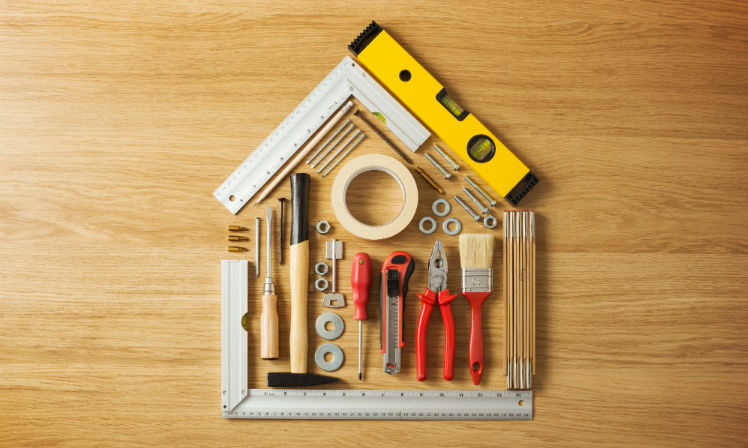According to the CDC, “Aging in place is the ability to live in one’s own home and community safely, independently and comfortably, regardless of age, income, or ability level.” As a registered and licensed occupational therapist (OTR/L) and Certified Aging in Place Specialist (CAPS), the concept of aging in place is a very familiar one. Even after a significant health change or reduction in mobility, the majority of my clients want to stay in their current homes and age in place.
Safely Aging in Place
Your home holds many memories, not to mention a significant financial investment. The idea of leaving the neighborhood and nearby friends, beginning new routines, finding new medical professionals, or even a new grocery store or pharmacy can seem daunting. To support a senior’s desire to age in place, families are seeking out professionals to assist with modifying their current home.
There are several professionals that may assist in the process of aging in place including contractors, designers and occupational therapists. Individuals certified with a CAPS designation are trained by the National Association of Home Builders in the needs of the aging population, common remodeling projects and expenditures, codes and standards, product ideas and resources.
Through a home consult, an Occupational Therapist with a CAPS certification provides comprehensive solutions for a senior to stay in their home with increased independence and safety. A consultation to assess functional abilities is used to develop new strategies for modifying daily routines and suggest necessary home modifications.
Assessing a Senior's Functioning at Home
On a home visit, a Certified Aging in Place Specialist will work with the resident to identify daily routines and activities and the challenges that impact performing them. The specialist will suggest and demonstrate new behavioral techniques that can make essential activities easier and safer. Practiced changes in routine will help the resident develop new habits and patterns of thinking and behaving that support aging in place.
Readying the home for aging in place also involves an evaluation of the living environment for the most efficient use of living spaces and whether current furnishings and home features provide the highest level of safety, comfort, and ease of use. The home evaluation will include suggested modifications to retrofit or redesign areas within the home to remove physical barriers to mobility and incorporate assistive devices or durable medical equipment that promote independence. Modification to the home environment will focus on organization of the space and personal items as well as furniture placement in key living areas. For specific suggestions on readying these spaces in your home, visit the articles below.
- Aging in Place: Making Your Home’s Main Entrance Accessible
- Making Home Safer For Seniors: A Room-by-Room Assessment
Make an appointment to meet with a CAPS or Occupational Therapist for a customized session focused solely on developing a plan to make staying in a current home safer. You can find a Certified Aging in Place Specialist in your area by visiting the National Association of Home Builders website.

